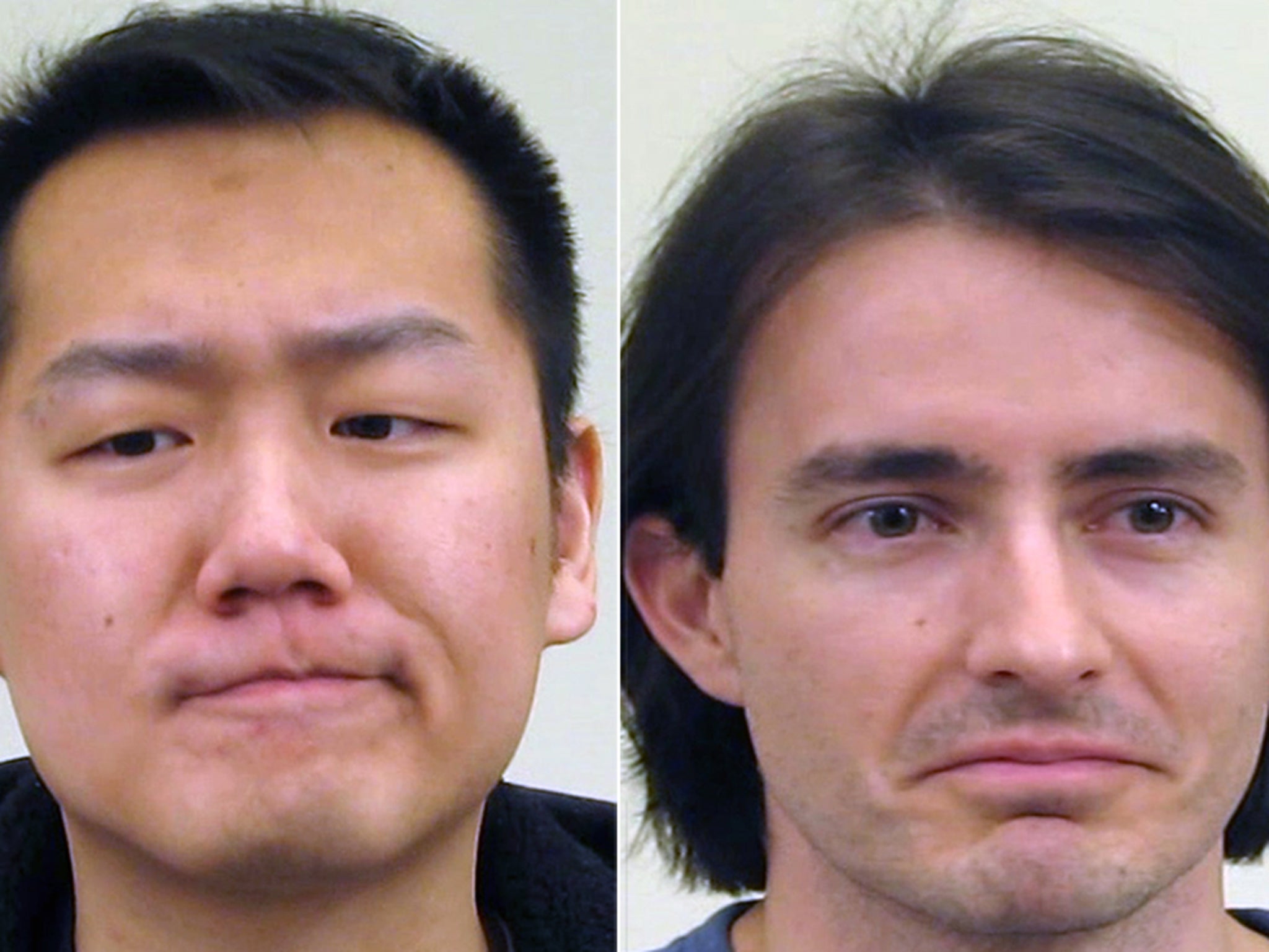Scientists discover universal facial expression dubbed the ‘not face’
There’s something English, Spanish, Mandarin and sign language speakers all have in common – the 'not face'

Scientists have discovered there is a universal facial expression that shows that you're annoyed about something.
A furrowed brow, pressed lips and raised chin together form an expression accepted to portray negative feelings, scientists have found.
According to their research, native speakers of English, Spanish, Mandarin and sign language all make the “not face” when conveying negative statements.
A previous study by the team had identified 21 distinct emotional expressions using computer algorithms to find “grammatical markers” – facial expressions which change the meaning of a word.
Using the hypothesis that humans could communicate negative emotions physically long before they could talk, they filmed and photographed 158 students (all native speakers of one of the four languages) in casual conversation and looked for a combination of the markers for anger, disgust and contempt.
Aleix Martinez, a cognitive scientist who co-authored the study at the Ohio State University, said: “To our knowledge, this is the first evidence that the facial expressions we use to communicate negative moral judgment have been compounded into a unique, universal part of language.
“Where did language come from? This is a question that the scientific community has grappled with for a very long time. This study strongly suggests a link between language and facial expressions of emotion.”
In the case of those communicating in American sign language, the grammatical marker was even more prevalent as many made the facial expression instead of signing the word “not” or “no”.
This is believed to be the first time researches have documented this behaviour. Dr Martinez said: "This facial expression not only exists, but in some instances, it is the only marker of negation in a signed sentence.
"Sometimes the only way you can tell that the meaning of the sentence is negative is that person made the 'not face' when they signed it."
Although the ‘not face’ is one of the more easily recognisable facial expressions, the scientists hope to identify others in the future – but it's a task Dr Martinez thinks could take decades.
Join our commenting forum
Join thought-provoking conversations, follow other Independent readers and see their replies
Comments
Bookmark popover
Removed from bookmarks